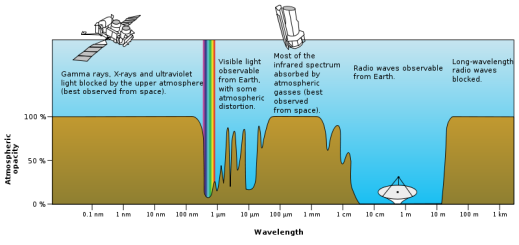“We are stardust. Billion year old carbon.” –Joni Mitchell
You are a descendant of the stars you see in up in the night sky. You are not only separated from them by immensities of space; you are separated by immensities of time. You are made of star stardust. We are made mostly of carbon, nitrogen and oxygen, as well as really important heavier atoms that play keys roles in our biology; Iron, Phosphorus, and so on. Where did all these atoms come from?
About 4.5 billions of years ago when the universe was forming atoms combinations, were vital in the formation of planets- and even better, the formation of life. These atoms formed during the “Big Bang”. The “Big Bang” is a theory that deduces the cataclysmic (the big bang!) birth of the universe. This “Big Bang” started with the elements such as H and He. These elements helped make the first stars (first stage in figure).
Now, I bet you are wondering how the first stars have anything to do with you. Stars generate energy by doing nuclear fusion. Nuclear fusion is the combining of atoms to make heavier atoms. So, these first stars helped make new atoms never before seen in the universe! We are made of stardust because nothing is ever wasted in the universe, it just “recycles” (see figure).
In this figure, time moves from left to right. It starts from the Big Bang and ends at the stars that are living now, including the sun. The Big Bang created H and He. These elements then go into the first generation stars. The stars during their lifetime make other elements through nuclear fusion. When the first generation star dies, it lets out medium sized elements C, N, and O as well as H and He. After these are let our into the interstellar medium, or space, it creates the second generation stars. The second generation stars then create new elements, again, during nuclear fusion. When these stars die, they let out heavier sized elements including Fe as well as all the elements let out before.
As everything else in the universe, stars grow old and die. A star’s life is very important to our connection. It consists of a star exhausting its hydrogen and then dying. Before a star dies, however, it creates new elements through nuclear fusion. When a star dies it has a massive explosion called a supernova. After the supernova has occurred, the elements already existing and made during the star’s life disperses throughout space.
Due to this process a star goes through, you can see a cycle between stars. The new stars take in what the old stars made and make NEWER elements out of that. For example, the first stars, which start out with H and He, make the middle weight elements C, N, and O and release them when they die. Newborn stars take these middle weight elements and use them to make heavier elements such as Fe, Ph, and Si. Without the old stars, new elements would never have been made and neither would we. We are made of generations of stars.
So how does all of this explain that we are made of stardust? Without the dispersion of elements, life would never have been created. We needed the first and second generations of stars to create the medium and then heavy elements that were dispersed, so the third generation of stars, which includes our Sun, could create life. All in all, we are two generations of stars.
Questions:
1. How many star generations are shown in the graph?
2. Which best describes a star’s life?
a. Created, Supernova, Nuclear Fusion, New Element Dispersion
b. New Element Dispersion, Created, Nuclear Fusion, Supernova
c. Created, Nuclear Fusion, Supernova, New Element Dispersion
d. Supernova, Nuclear Fusion, Created, New Element Dispersion
3. Which generation of stars first introduces Carbon (C) to space?


